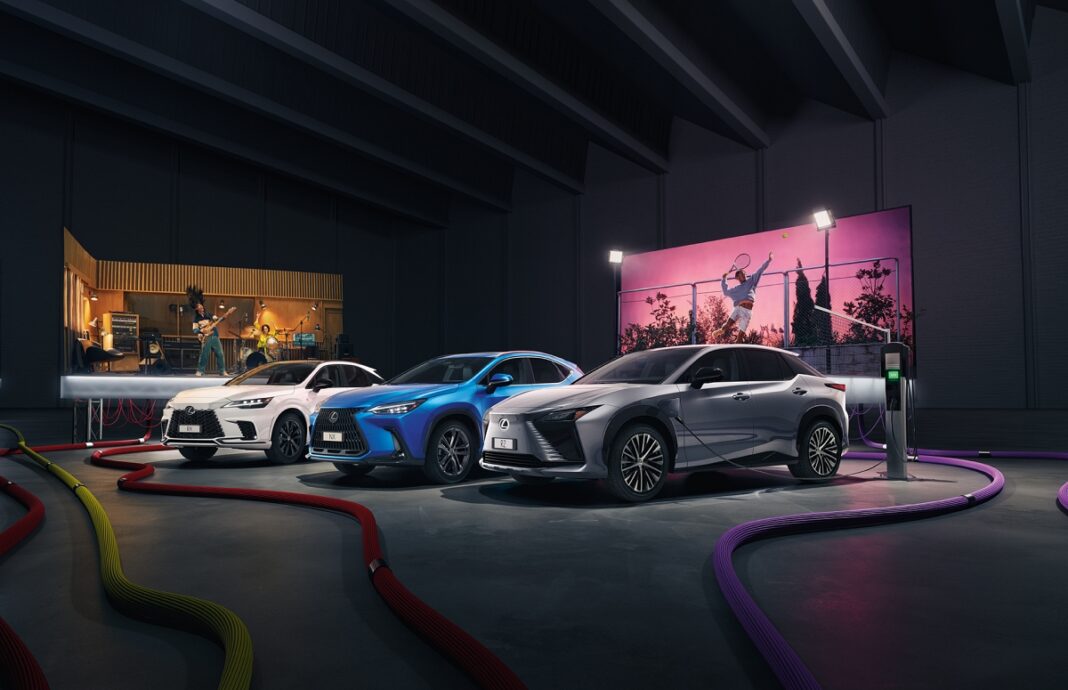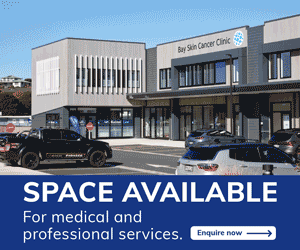As the world transitions towards a more sustainable future, New Zealand is quietly emerging as a leader in embracing battery electric vehicles (BEVs). One of the crucial aspects of this shift is the development of a robust BEV charging network that allows BEV owners to explore the country with confidence.
In recent years, New Zealand has witnessed remarkable progress in expanding its EV charging infrastructure. The government, in partnership with private companies, has been instrumental in developing a nationwide network of public charging stations. As of July 2023, New Zealand has 388 public chargers for BEVs (according to NZTA), up from just 20 at the end of 2016.
Aside from Level 1 Charging using a standard household plug at home overnight, from cities to rural areas and scenic routes, public charging options have become increasingly accessible. There are two main types of public charging stations:
- Level 2 Charging: Often called destination chargers, these chargers offer a faster charging rate, supplying approximately 20-30 km of range per hour. Level 2 chargers are found at shopping centres, public parking lots, and various other locations. They are ideal for topping up your EV’s battery during errands or shorter stops.
- DC Fast Charging (DCFC): The most rapid charging option, DC fast chargers can charge a BEV to 80% in just 20mins to 1 hour (depending on the vehicle). These chargers are typically located along highways, enabling long-distance travel without range anxiety.
To make the most of New Zealand’s BEV charging network, EV owners can rely on charging apps that offer real-time information about charging stations.
The simplest type are web-apps, where no download is required. EV users only need a browser and an internet connection to search for chargers near them. ChargeNet is the most popular generic web-app option in New Zealand, while some brands or manufacturers also offer a brand specific charger search tools such as www.lexus.co.nz/en/charging-locations.html for Lexus drivers.
As for native apps for use on mobile popular charging apps include ChargeNet NZ, PlugShare, and Openloop to name a few. These apps display the location, availability, and charging rates of nearby stations, making it convenient for drivers to plan their routes.
Using a charging app is simple:
- Download the preferred app from your smartphone’s app store.
- Create an account or sign in if you already have one.
- Enter your EV’s details, such as make and model, to receive accurate charging information.
- Browse the map to find nearby charging stations or search for specific locations.
- Reserve a charging spot (if available) or navigate to the chosen station.
Beyond just locating charging stations, some apps also facilitate contactless payments, ensuring a seamless experience for EV owners.
In addition to charging apps, BEV drivers can take advantage of innovative services like A Better Route Planner (BRP). BRP is an intelligent trip planner designed exclusively for electric vehicles. It factors in real-time data to calculate the most efficient and optimal routes.
The Better Route Planner has been a game-changer for EV owners, as it minimises range anxiety and ensures a stress-free journey, even for longer distances.
New Zealand has made significant strides in establishing a comprehensive BEV charging network, making it a beacon of sustainability in the transportation sector. Charging apps and services like A Better Route Planner further enhance the EV ownership experience, empowering drivers to explore the beauty of New Zealand without compromising their environmental values. As technology continues to advance, we can expect an even more seamless and efficient charging infrastructure in the future, supporting the nation’s commitment to a greener tomorrow.


















